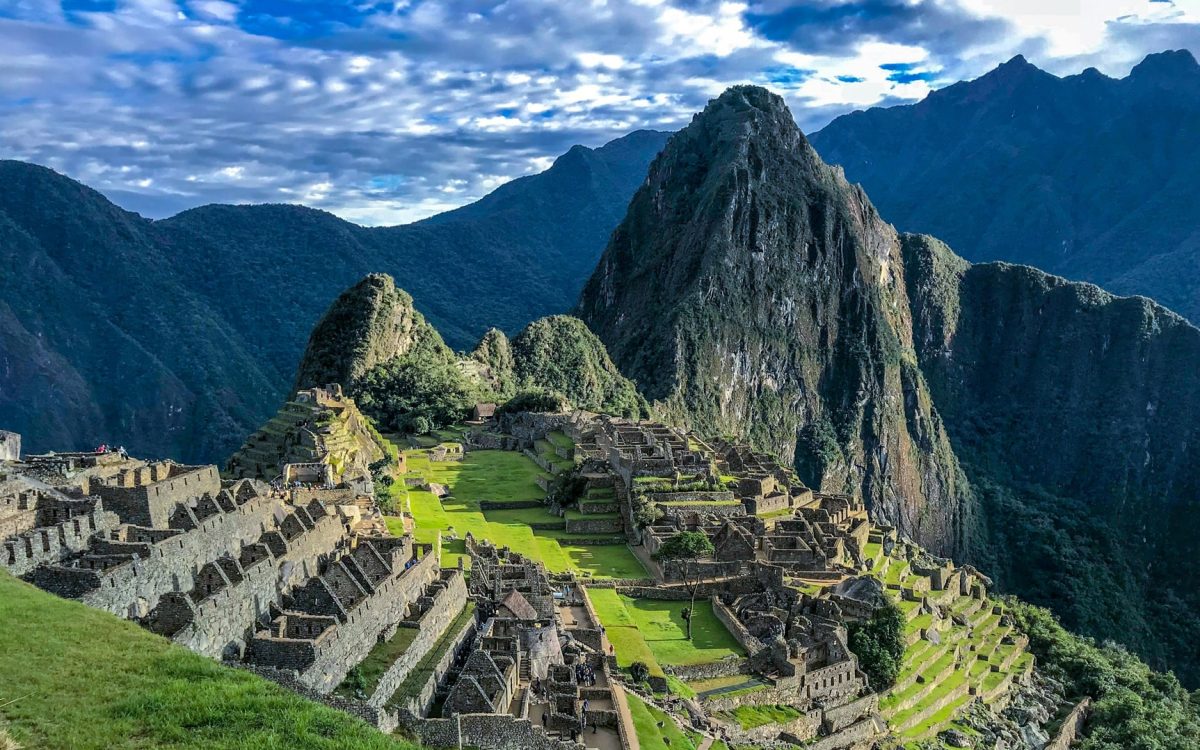Throughout human history, one material has remained constant in shaping civilization—stone. Durable, majestic, and versatile, stone has been the foundation of empires and sacred sites alike. From the soaring peaks of Peru to the intricate temples of India, stone architecture across civilizations tells a story of innovation, belief, and timeless beauty.
Let’s travel through history and explore some of the most iconic stone wonders from different parts of the world—and what makes each of them a masterpiece.
1. Machu Picchu, Peru – The Mountain Fortress of the Incas
High in the Andes, the stone city of Machu Picchu stands as one of the greatest architectural feats of the ancient world. Built in the 15th century by the Incas, this UNESCO World Heritage Site was crafted using dry-stone construction—no mortar was used, yet the stones fit perfectly.
Why it stands out:
Precision-cut stones withstand earthquakes
Ingenious drainage and terrace farming
Spiritual alignment with astronomical points
2. Khajuraho Temples, India – Intricate Carvings in Sandstone
A UNESCO marvel, the Khajuraho temple complex in Madhya Pradesh features over 20 surviving temples made mostly of sandstone. Dating back to the Chandela dynasty (10th-11th centuries CE), these temples are famed for their exquisite stone carvings, erotic sculptures, and symbolic layouts aligned with Vastu Shastra.
Why it stands out:
Artistic storytelling through stone
Intricate iconography and spiritual geometry
Stone interlocking without mortar

3. The Pyramids of Giza, Egypt – Monumental Stone Mastery
Among the Seven Wonders of the Ancient World, the Pyramids of Giza showcase the Egyptians’ mastery of limestone and granite construction. Built over 4,000 years ago, these gigantic structures are aligned with celestial bodies and reflect precision engineering with primitive tools.
Why it stands out:
Use of massive limestone blocks
Mysterious construction techniques
Astronomical alignment
4. The Parthenon, Greece – The Marble Icon of Democracy
Built in the 5th century BCE, the Parthenon in Athens is a symbol of classical stone architecture. Constructed from Pentelic marble, this temple dedicated to Athena represents harmony, balance, and democracy.
Why it stands out:
Use of optical illusions for symmetry
Marble construction that glows under sunlight
Perfect example of Doric order
5. Angkor Wat, Cambodia – A Temple City in Sandstone
The largest religious monument in the world, Angkor Wat, was built in the early 12th century using sandstone blocks. Originally a Hindu temple dedicated to Vishnu, it later became a Buddhist sanctuary. Its carvings, moats, and layout reflect both engineering precision and cosmic philosophy.
Why it stands out:
Complex hydraulic systems
Stone carvings depicting mythologies
Massive scale and sacred design
6. Stonehenge, England – The Mysterious Megaliths
Though smaller in scale, Stonehenge is one of the most enigmatic stone structures. Built over 5,000 years ago, its megalithic stones are arranged in a circular layout that aligns with solstices, hinting at astronomical and ritual significance.
Why it stands out:
Astronomical alignment
Massive stones transported miles away
Spiritual and ceremonial use
What Do These Structures Have in Common?
Across these civilizations—separated by geography, language, and beliefs—stone was chosen for its strength, sacredness, and symbolism. Whether it’s the spiritual resonance of temples or the political power of pyramids, stone carried meaning far beyond its material value.
Why Stone Was the Universal Choice
Durability: Withstands time and weather
Symbolism: Associated with the eternal and divine
Availability: Found across different terrains
Carvability: Perfect for storytelling and symbolism
Final Thoughts
From the jungles of Cambodia to the plateaus of Peru, stone architecture across civilizations continues to inspire awe. These ancient masterpieces are not just tourist attractions—they are living stories carved in stone.
They prove that stone isn’t just about construction—it’s about legacy.


 Related Reads on Stoneman Magazine:
Related Reads on Stoneman Magazine:







